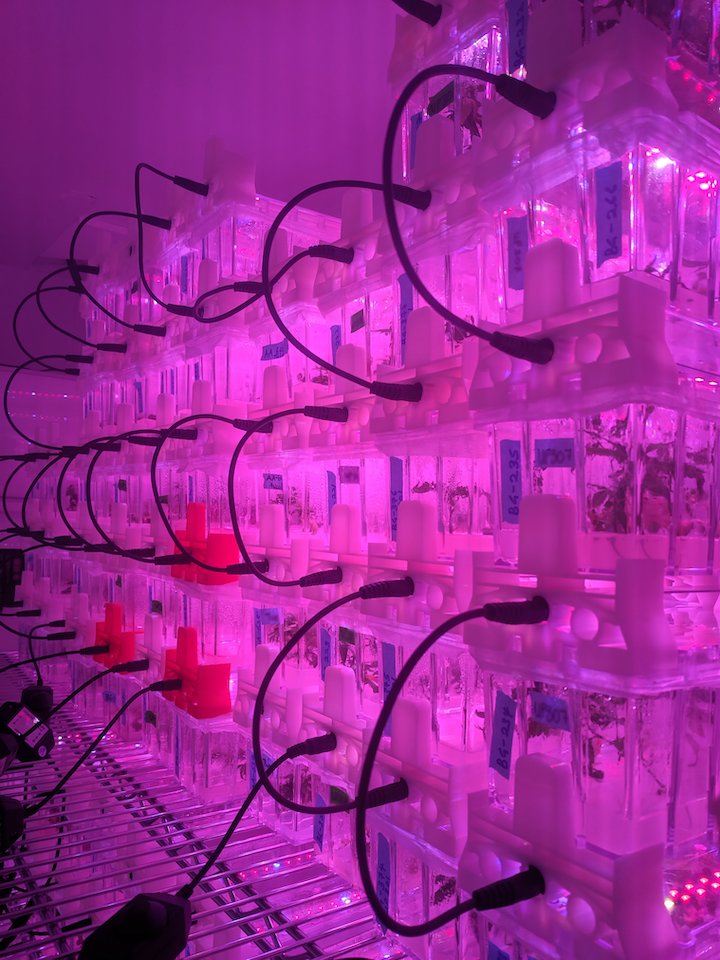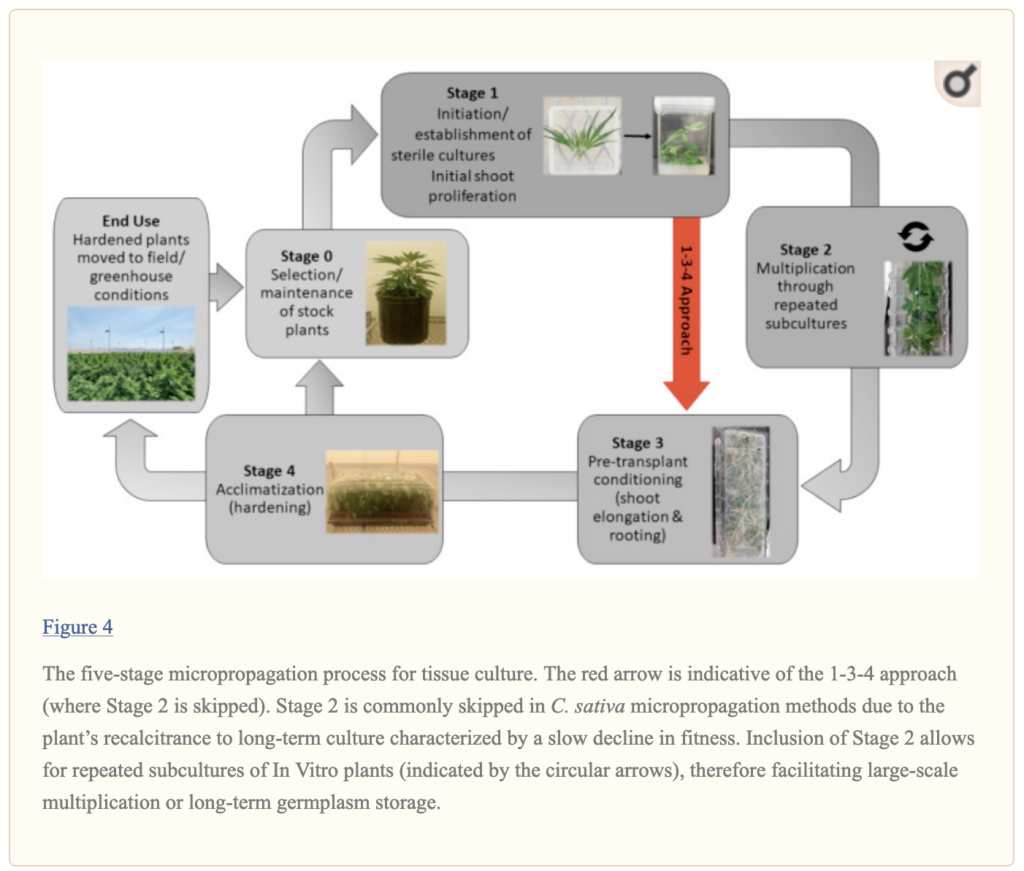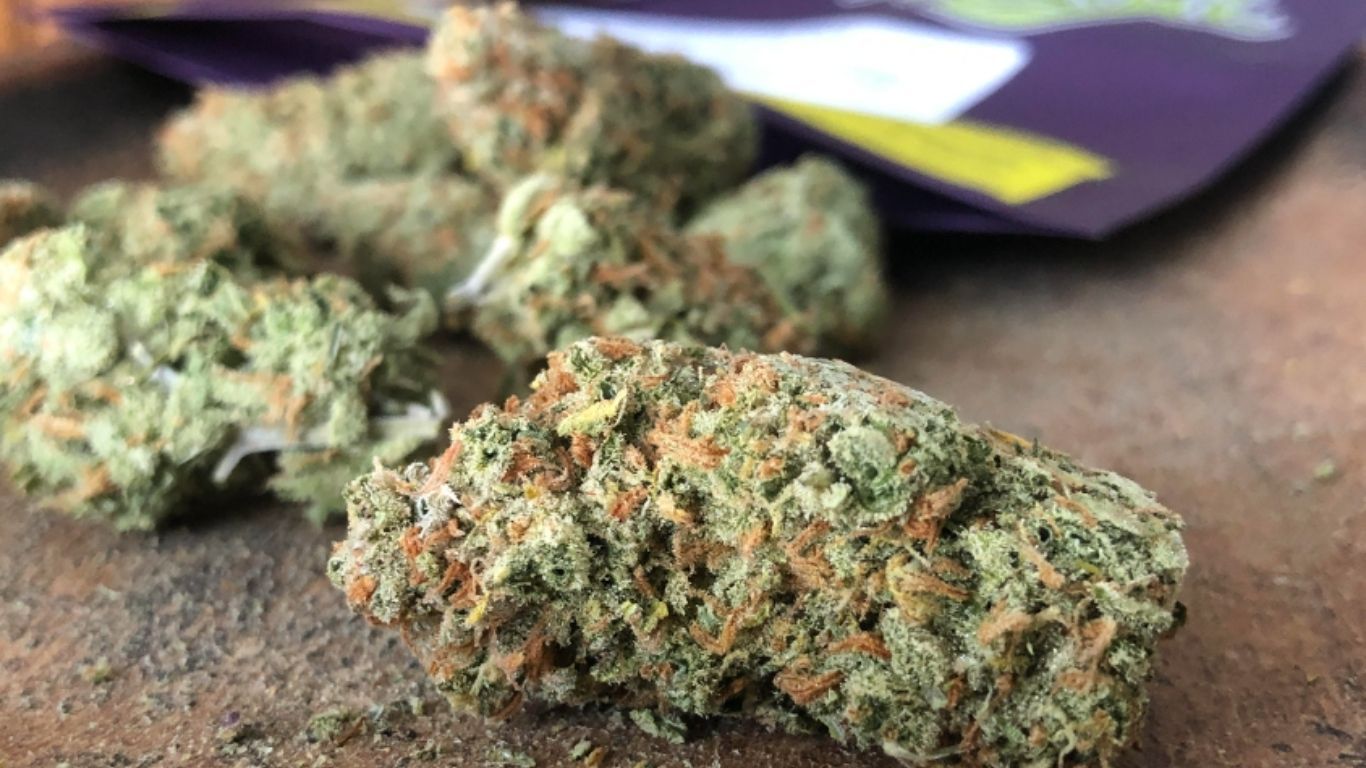
Tissue culture samples offer opportunities for the cannabis industry, but more research and collaboration is needed, says a recent research paper out of the University of Guelph.
The paper, The Past, Present and Future of Cannabis sativa Tissue Culture, looks at cannabis tissue culture as a viable means for propagation and highlights some of the gaps in research that need to be addressed to further benefit the industry and growers.
Although tissue culture is a common approach for plant propagation in many other aspects of agriculture, propagation of cannabis for any commercial scale has traditionally been through seed or cuttings taken from mother plants. While this can be a perfectly useful approach to propagation, argues the paper’s author, tissue culture offers many advantages such as a more efficient use of space and better protection against disease and pests.
One of the challenges in fully integrating this technology into cannabis propagation is that so little is understood about the specific nutrient or input needs of different varieties of cannabis compared to other commercial crops. In order to even do the research on various varieties, researchers first have to better learn the unique nutrient or light needs of each “strain”.
Although there is some industry practice of taking tissue culture samples, the knowledge of how to then reliably take those cultures and recreate numerous, replicable, healthy plants (micropropagation) is where much of the research is lacking. Understanding what each cultivar needs to thrive while being held as a sample for a year or more is vital to the practice being viable for the industry.

The paper outlines several main stages of micropropagation, with the first being the selection and acquisition of a sample, the second being the multiplication of shoots and embryos, the third being growing and the last being acclimation. The paper argues that more needs to be known about individual cultivar needs for all those stages.
This takes long term research, says Adrian S. Monthony, the lead author of the paper and a Master’sStudent and Research Assistant in Dr. Max Jone’s lab at the University of Guelph. Although there is research going on within the industry, he says he thinks there is a need for more institutional research that can take on more long term projects and look at these issues from the standpoint of the plant and the industry as a whole.
“That’s one of the problems, because doing research on plants in stage two means you have to have plants that have been in tissue culture for a long time,” explains Monthony. “It’s been challenging because there haven’t been many labs that have had a licence to do (cannabis) tissue culture for two, three, four years, so that’s part of the whole gap in the literature.”
“I definitely think there is a lot of value in giving public research institutions funding and genetics. Genetics that we can work on and do our research with is really valuable,” he continues. “Everybody is very protective of their intellectual property but from a research standpoint it’s hard for us because our research products are a long time issue.”
Monthony also sees a need for researchers to work with those with more “cultural knowledge” of cannabis and individual cultivar needs. Referencing some work a colleague (undergrad researcher at UBC, Dr. Susan Murch) did while researching breadfruit in Samoa, who credited locals who aided in the research through their own knowledge of the plant, Monthony says he sees many parallels with cannabis.

“Sometimes when I see the discussion around those two sides of the cannabis world, the academic research side and then the kind of informal side, I can’t help but think we need to look at it like this. This is cultural knowledge. Just because it’s a bunch of people in their basements in North America doing it doesn’t mean it’s not cultural knowledge.”
Monthony says he thinks that in the next five years, the field will see a very rapid expansion in the knowledge base/literature surrounding Cannabis tissue culture and biotechnology.













